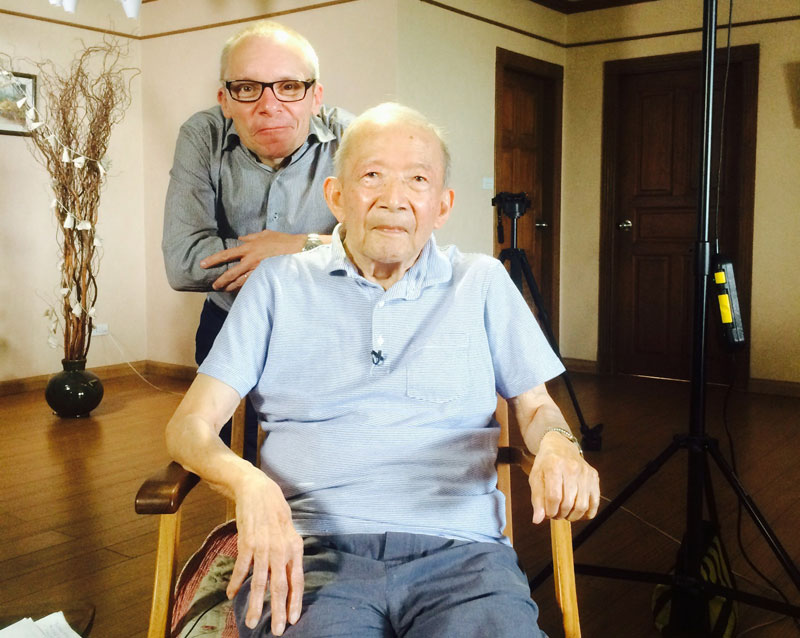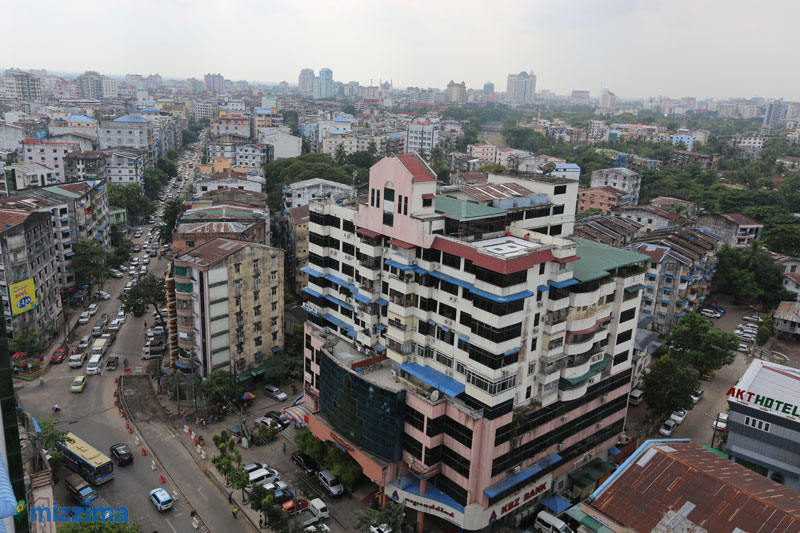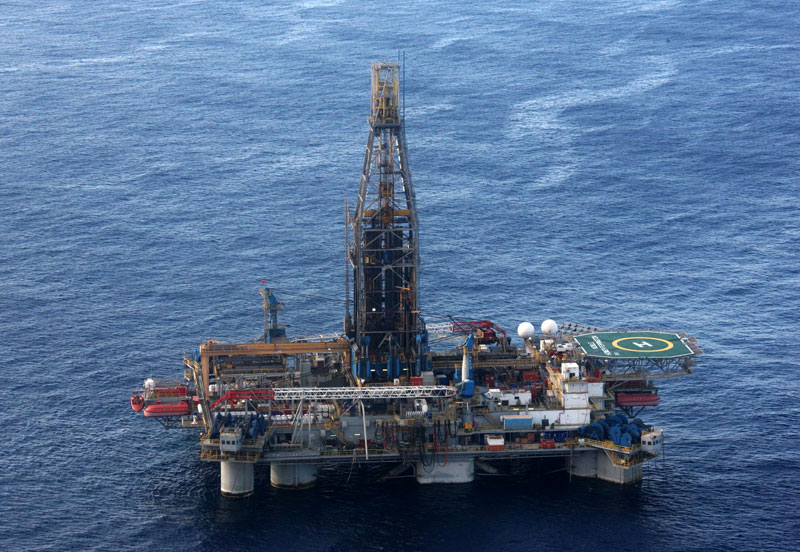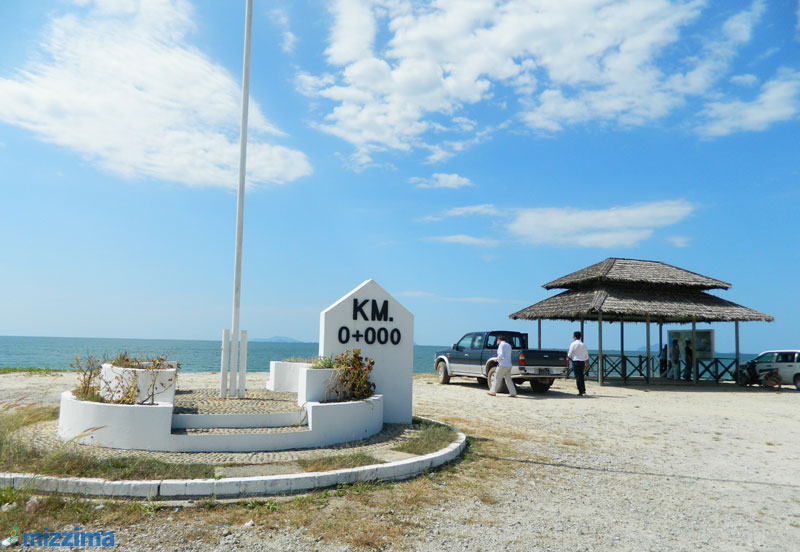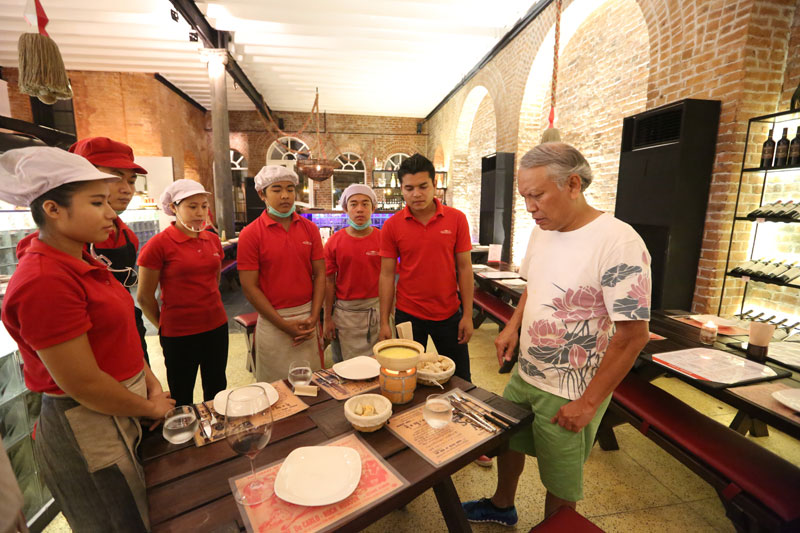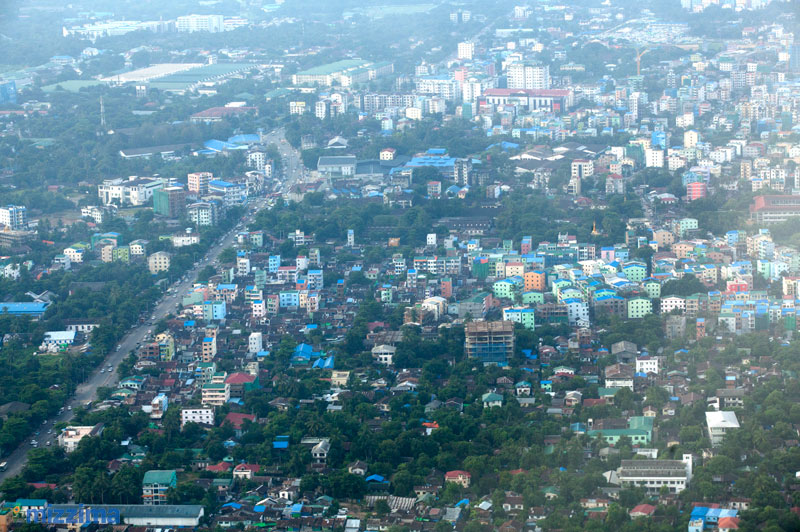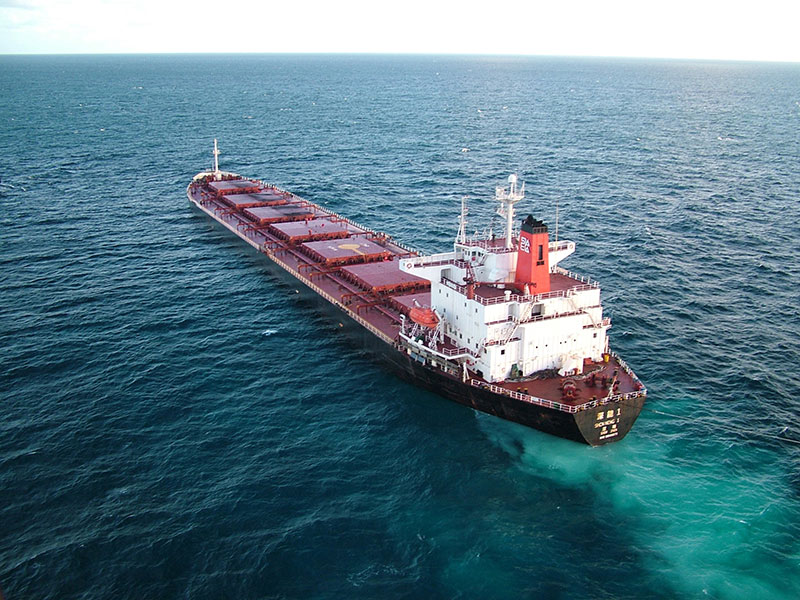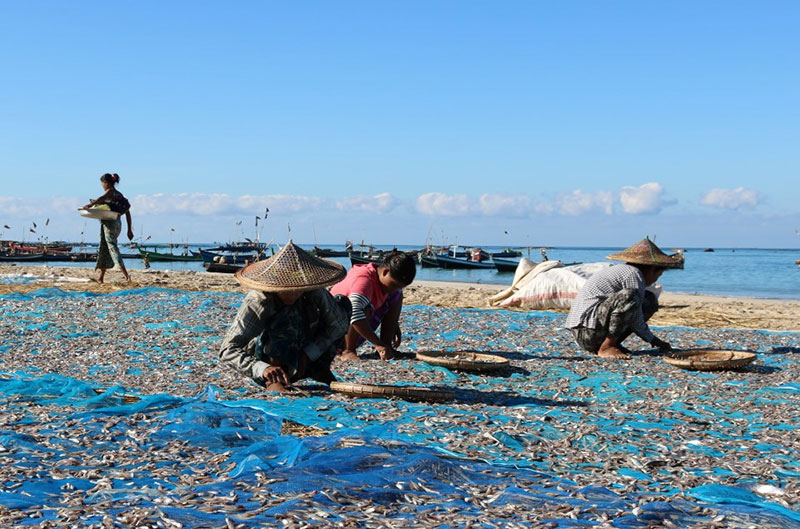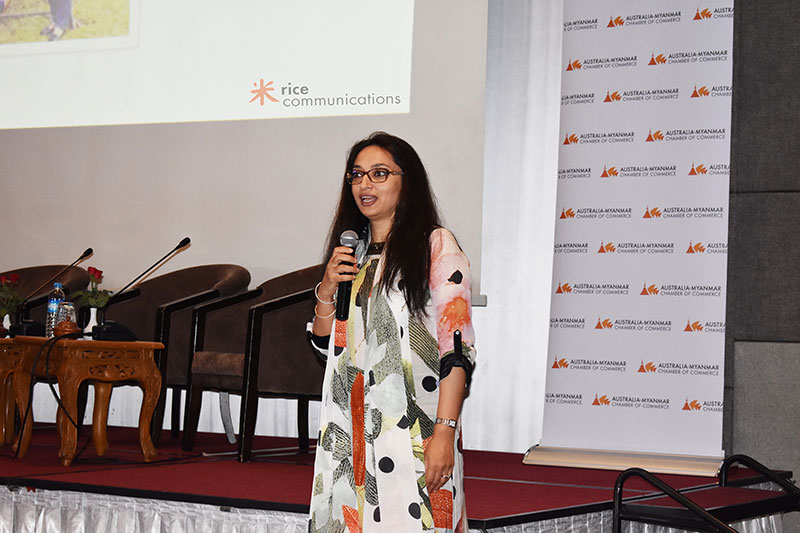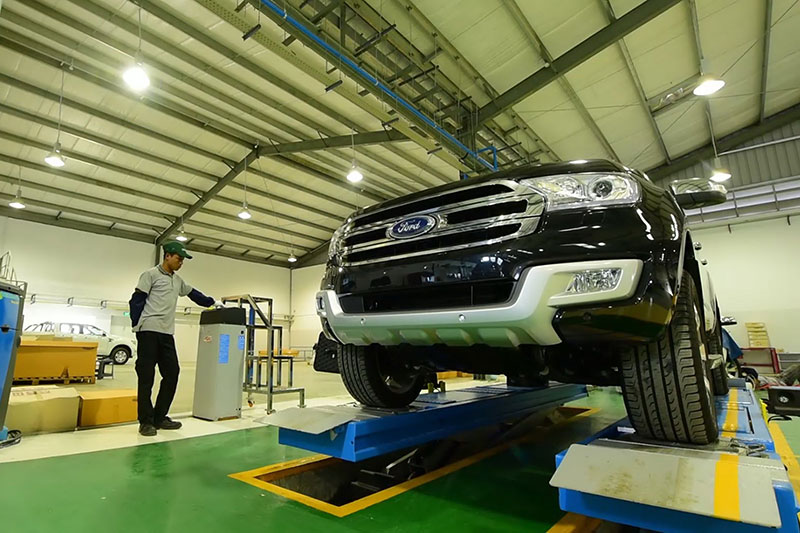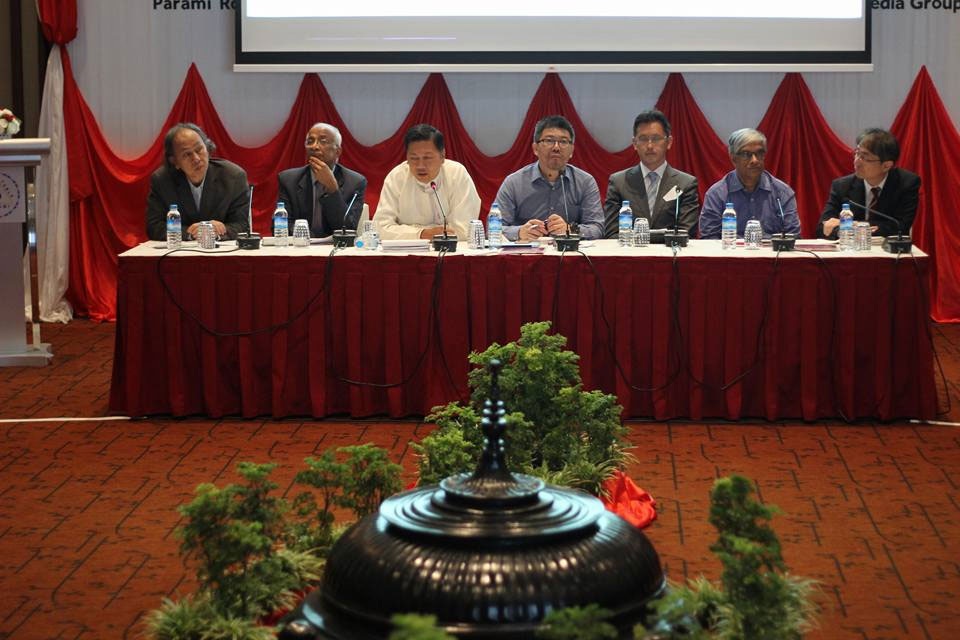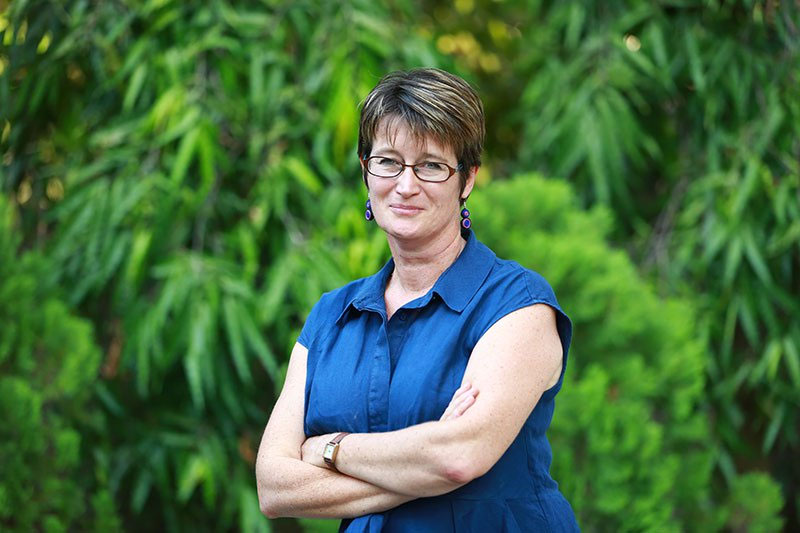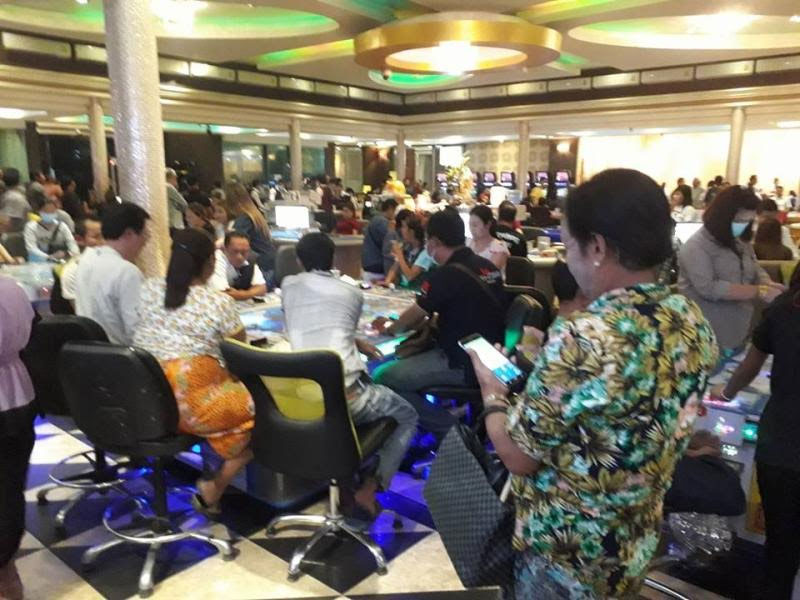Category:
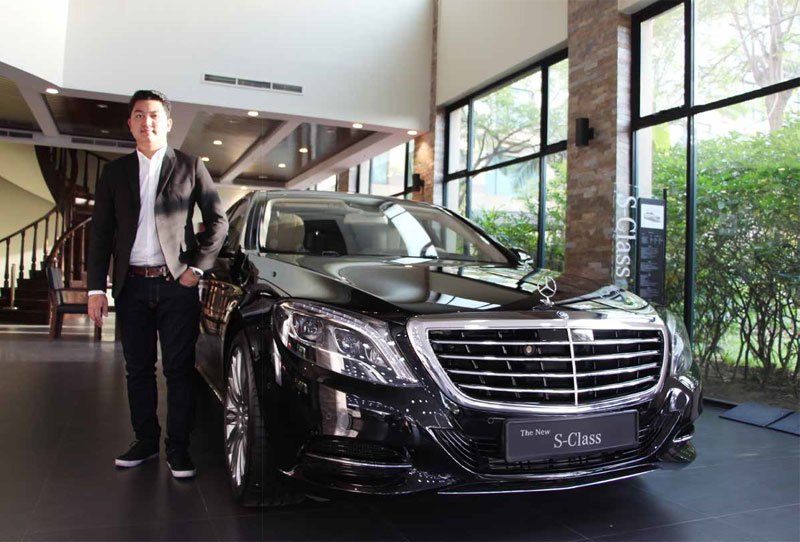
Ko Phyo Maung Maung, CCAM manager of the Mercedes-Benz dealership in Yangon and Mandalay. Photo: Mark Yang
Daw Mi Mi Khin, owner of the Yadanapon Dynasty Hotel, paid US$100,000 for a Mercedes-Benz C200 she snapped up at the opening ceremony of the luxury car display centre at the Sedona Hotel, Mandalay, on January 8.
“They invited me to participate in the opening ceremony. I went, found the Mercedes C200 and bought it,” she said. “I have wanted to own a Mercedes a very long time and my son likes the car, so we bought it.”
“Before, we only rode in Japanese cars like the Toyota Alphard, which were not brand-new. However, the C200 is brand new,” Daw Mi Mi Khin said.
Brand new cars are something brand new for the people of Myanmar, who for decades were restricted to buying over-priced second-hand cars, usually from Japan.
Under the old system, to buy an imported car one needed a special permit, which was only granted if you could prove you had earned your dollars legitimately.
All this changed in November 2011, when the Ministry of Commerce eased restrictions on imported cars and lowered taxes on them.
With the shift in policy, better quality second-hand cars and brand-new models have started to replace the antiquated, rusted heaps that once dominated Myanmar’s pot-holed roads.
To handle the importation of newer automobiles, the Ministry of Commerce introduced two new types of car import licenses, namely ‘used-car sales centre licenses’ and ‘brand-new car showroom licenses.’
Cycle & Carriage Automobile Myanmar (CCAM) Company Ltd., a joint venture between the Automobile Alliance from Myanmar Company Ltd. and Singapore’s Jardine Cycle & Carriage Group, is one of the companies that have received a “brand-new car showroom license.”
Jardine Cycle & Carriage Group, listed on the Singapore stock market, has secured the distribution rights to Mercedes-Benz passenger cars, Fuso commercial vehicles, EvoBus buses and Mazda passenger cars for Myanmar.
“If you want to ride in luxury, we can provide it,” said Ko Phyo Maung Maung, CCAM manager of the Mercedes-Benz dealership in Yangon and Mandalay.
“If you are young and sporty, we have sports cars. We can offer various cars to fulfill the needs of the young, the old and the middle-aged,” he said, easing into a sales spiel.
CCAM has two showrooms in Mandalay, including a Mercedes-Benz display centre at the posh Sedona Hotel and a Mazda multi-branded car showroom on 35th street.
“There are six classes of Mercedes that we display in Sedona Mandalay, including S500L, E class, A 45 AMG, C 200, GL 500 and E 63 AMG,” Ko Phyo Maung Maung said.
“We don’t call the facility in Sedona [Hotel, Mandalay] a showroom,” he explained. “We call it a display as we take up only a small part of the Sedona Hotel. We can call the Yangon facility a Mercedes Benz showroom as it stands alone in the compound. It also depends on the number of cars we can display. In the Yangon showroom, we can display up to 10 Mercedes. In Mandalay, we can only display at most up to 6 Mercedes.”
 |
| The Mercedes-Benz “display” at the Sedona Hotel in Mandalay. Photo: Mark Yang |
A bright future
After the decades of tightly controlled automobile imports, there is a lot of built up demand for new cars in Myanmar.
And people with money are now more inclined to spend, thanks to the much brighter prospects for the Myanmar economy in the aftermath of political and economic reforms pushed through in 2012, so car salesmen are understandably bullish about their prospects, especially in the urban centres of Yangon and Mandalay.
“As buyers can buy brand-new cars manufactured in 2014 and 2015 at the same prices they used to pay for second-hand cars before, they are very delighted,” Ko Phyo Maung Maung said. “I think the car market in Mandalay and the whole of Myanmar will be booming in the future.”
But not everyone is convinced that the Myanmar market is ripe for luxury models such as Mercedes Benz.
“There is a regular demand in the Mandalay car market,” said U Ko Ko Aung, managing director of Century International Auto Service Co. Ltd., a second-hand car dealership.
“We find a strong demand for cars that meet the lifestyle requirements of city dwellers. The demand of urban people has changed nowadays. Before, people used to buy cars that were powerful. Now, we find a trend shift. People tend to buy smaller-powered cars these days,” he said.
CCAM’s Ko Phyo Maung Maung acknowledged that Mercedes-Benz are not for everyone, in a country where one in four people live below the national poverty line and a new class of nouveau riche are just beginning to emerge in the urban centres. Myanmar is still ranked as a least developed country, although some places such as Yangon and Mandalay are developing a lot faster than others.
“In Mandalay, people prefer regular cars. They don’t really understand the value of AMG (the high performance division of Mercedes-Benz,) and the prices of Mercedes AMG cars are more expensive than normal Mercedes, almost twice as much. AMG cars cannot capture the Mandalay city market because of such expensive prices,” Ko Phyo Maung Maung said.
“AMG cars are performance cars. Most of the Mercedes buyers in Mandalay do not know them very well,” he said.
“However, there is a small group of Mandalay car buyers that value AMG cars, and the performance of AMG engines. AMG engine power differs from ordinary Mercedes. The torque power of an AMG engine make a significant difference, therefore, the speed of the cars is faster,” Ko Phyo Maung Maung said.
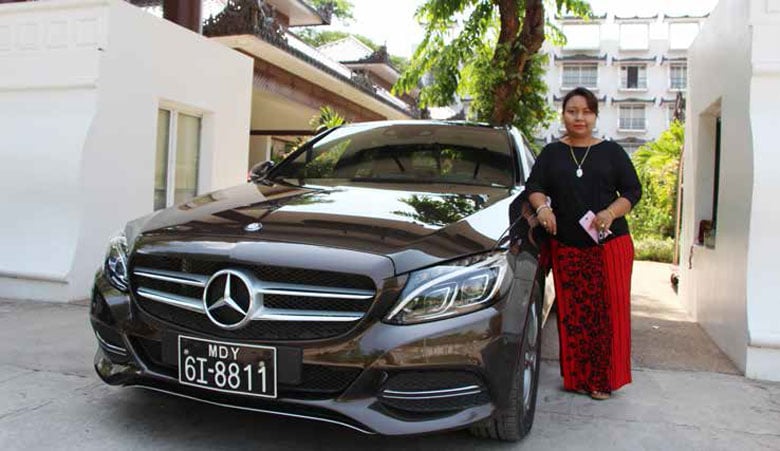 |
| Daw Mi Mi Khin stands with her C200 model. Photo: Mark Yang |
Brand-new car showrooms
U Ko Ko Aung said he was pleased with the advent of ‘new car’ showrooms in Mandalay, to satisfy the more affluent segment of the market.
“We welcome new car showrooms,” he said. “Later, we will also open a new car showroom. We will leave our used cars sales centre also open. Used cars have their own market while new cars have theirs.”
“There are rich people in Mandalay who can afford high-quality and international level cars. For those people, there should be new car showrooms. For example, instead of buying a 1998 model Toyota Land Cruiser for US$60,000, such people can now to choose brand-new cars from a wide range of available brands worth US$60,000,” U Ko Ko Aung said.
Prices of Mercedes
Although lower taxes have made imported “brand new” vehicles cheaper than before, Mercedes Benz are far from cheap.
“Mercedes cars start from US$78,000 and go up to over US$500,000,” Ko Phyo Maung Maung said. “S500L would cost US$370,000. SL 63 AMG would have a price of US$520,000. The S600 Maybach, the new exclusive first class model in 2015, would be US$610,000. Prices already include all taxes.”
The different Mercedes-Benz classes aim at different classes of businessmen.
“E class is for middle-aged businessmen,” Ko Phyo Maung Maung explained. “S class is for top businessmen. S class provides more rear seat features. There would be holding tables. You could use your computer on the table and work. . . businessmen could use the S class rear room as his small office and work while he travels or he is away from his office.”
While Mercedes-Benz cars are obviously not for everybody, the healthy sales they have been enjoying at Mandalay’s two showrooms over the past four months indicates that some people in the central city have plenty of cash and are willing to spend it on a prestige product, Ko Phyo Maung Maung noted.
This Article first appeared in the May 21, 2015 edition of Mizzima Weekly.
Mizzima Weekly is available in print in Yangon through Innwa Bookstore and through online subscription at www.mzineplus.com

